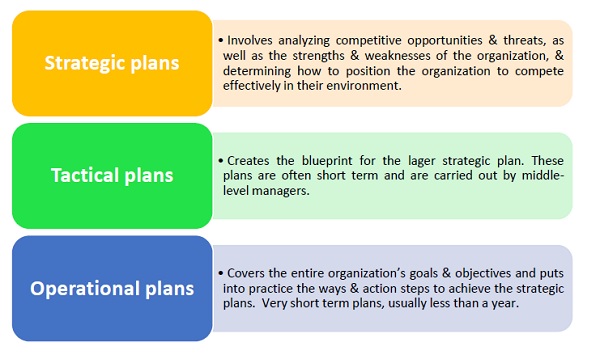Companies that adopt the marketing concept realize that marketing efforts are more successful when they are carefully planned. Strategic marketing planning is the process of examining a company’s market opportunities, allocating resources to capitalize on those opportunities, and predicting market and financial performance that is likely to occur. From this definition, you should understand that the aim of strategic planning is to shape the company’s businesses and products so that they yield target profits and growth.

THE DIMENSIONS OF STRATEGIC MARKETING PLANNING
The strategic planning process rests on two important concepts. In the first place, the scope of strategic marketing planning is broad. For instance, it considers all the products a company offers and all the markets the company serves. Strategic planning considers both environment factors on the outside and organizational factors on the inside. Like marketing concept, strategic planning also implies functional integration. In this manner, strategic planning incorporates production, research, finance and the organizational elements necessary for success.
In the second place, strategic marketing planning looks beyond immediate circumstances, trying to project market conditions five or ten years into the future. It is therefore important for marketers to be prepared for changes in the marketing environment, whether the changes are political, cultural, technological, or economic. Any organization that is aiming at a shorter span, say only 6 or 12 months down runs the risk of being caught off guard, and hence might not be able to respond to environmental changes before competitors do.
Let us look at another side to this long-term perspective: As a strategic marketer, you will not only consider where the world is going to be in 5 or 10 years, you should also weigh the long-term consequences of the decisions you make today. This may actually mean skipping an immediate market opportunity that might box you in later on, or perhaps you will have to forgo short-term profits to invest in long-term technologies.
LEVELS OF PLANNING
Strategic planning does not happen in isolation at the top layer in the organization. It is supported by planning and execution throughout the organization. There are three levels of marketing planning: Operational planning looks at the shortest time frame and has the narrowest scope; and strategic planning takes the longest and broadest view: while tactical planning falls between the two.

As already explained, tactical planning is of narrower scope and shorter time frame than strategic planning, and it is usual y the responsibility of middle management. Although tactical planning looks at the performance of specific products or markets over a shorter period of time than strategic planning, it must actually be tied to strategic planning.
Moving closer to the customer, supervisory managers engage in operational planning, which is narrower in scope and concerned with matters of the shortest duration of all the formal planning activities of the business. Operational planning focuses on meeting objectives such as immediate improvement of the market position of a particular size of product or improvement of the current period’s sales of a single product.
Within the business world, the use of the terms “top-down planning” and “bottom-up planning” are used to refer to planning processes that start at the top and the bottom of the organization, respectively. Each of these has its advantages. Top-down plans are usual y developed by the people in the organization with the broadest perspective and the most experience. Bottom-up planning, on the other hand, is started by people on the “front line” of the organization. It has the advantage of being close to where the action is.
For instance, people in sales and customer service positions, who interact most frequently with customers, have the best idea of what customers are thinking and doing. The ideal planning process combines both the top-down and bottom-up approaches, which consequently results in plans that take advantage of an organization’s experience, and which also respond to customer needs and expectations.
It is a fact that the marketing group has the primary responsibility for analyzing the environment and understanding customers. However, as we already noted under the marketing concept, everybody in a market-driven firm should be aware of customers and competitors. Hence, for the firm to be successful, all the departments must be coordinated by an overall strategic business plan.
In this regard therefore, other departments in the company should also have planning processes similar to the one in marketing. For instance, the finance department needs to engage in broad, long-range planning to make sure the ‘company stays financially healthy from year to year.
